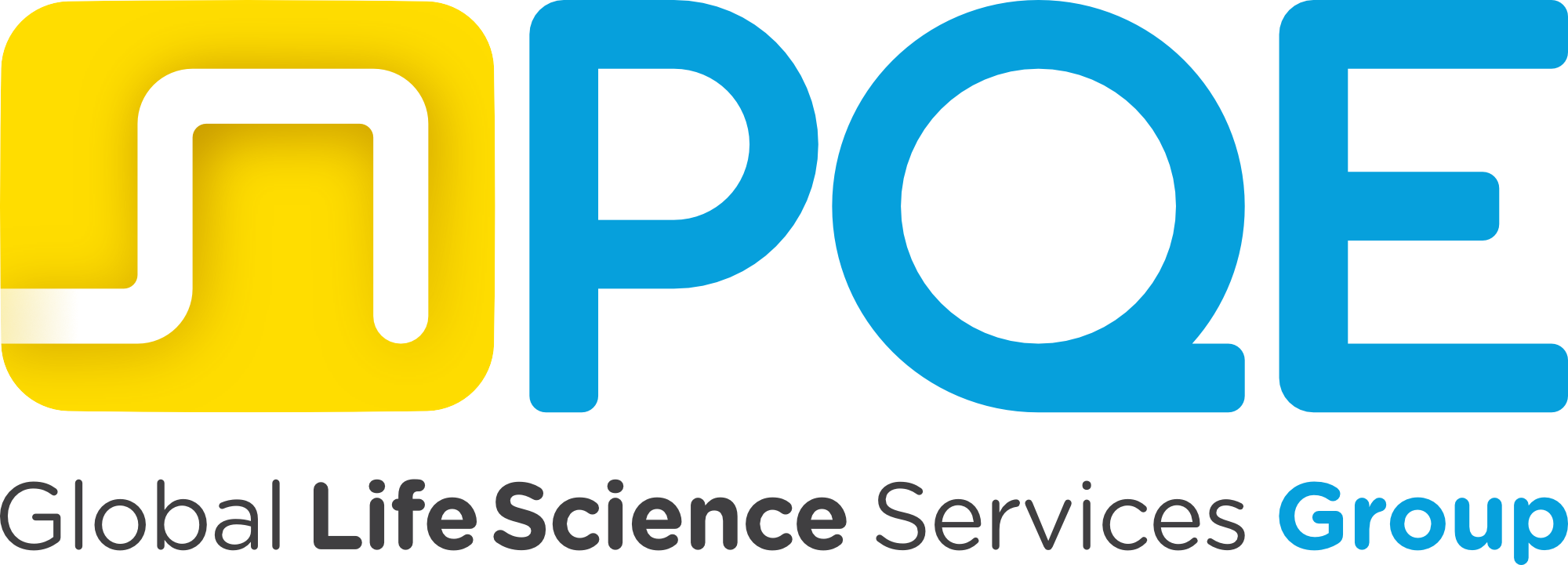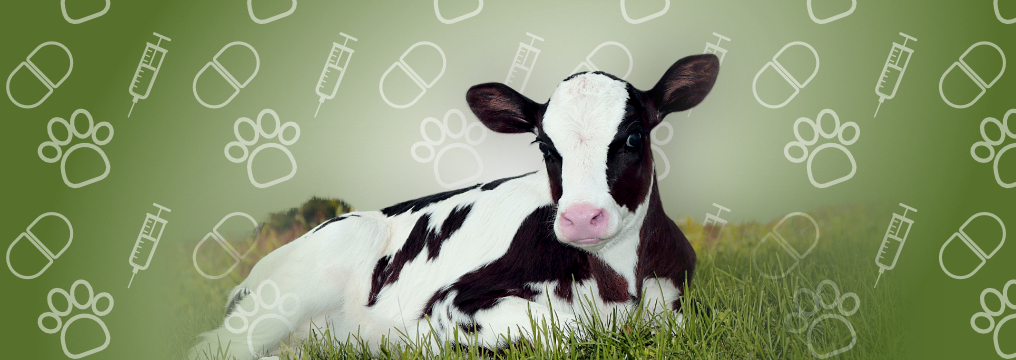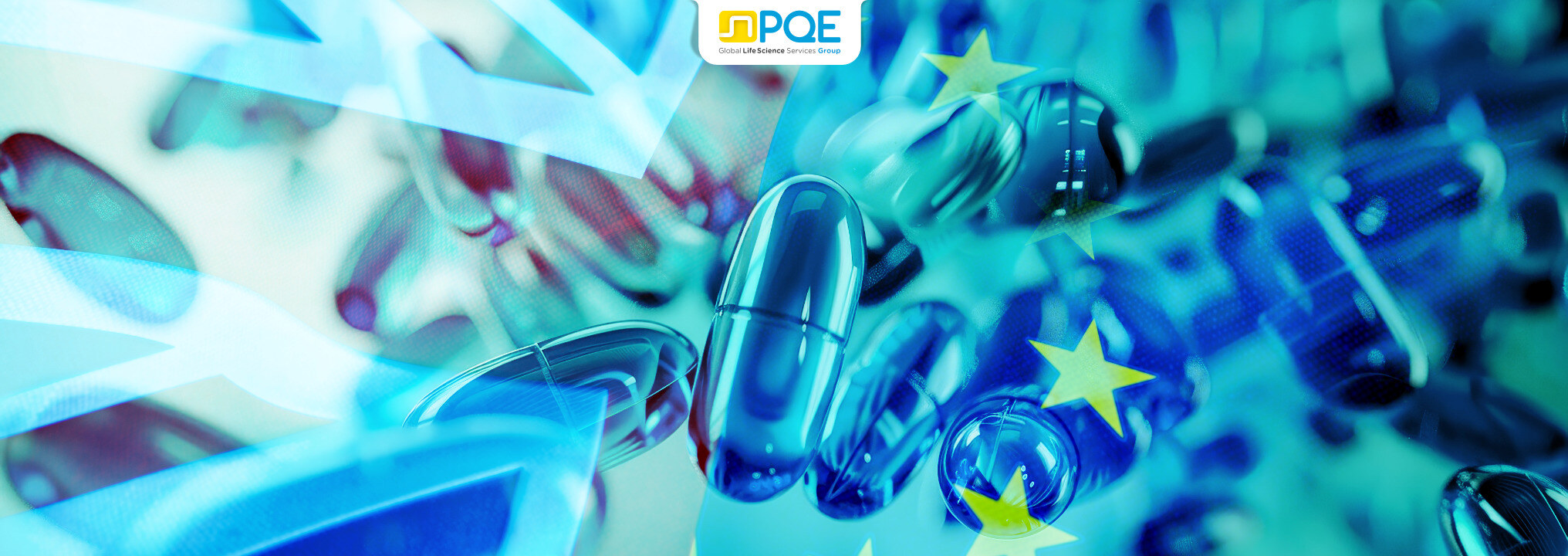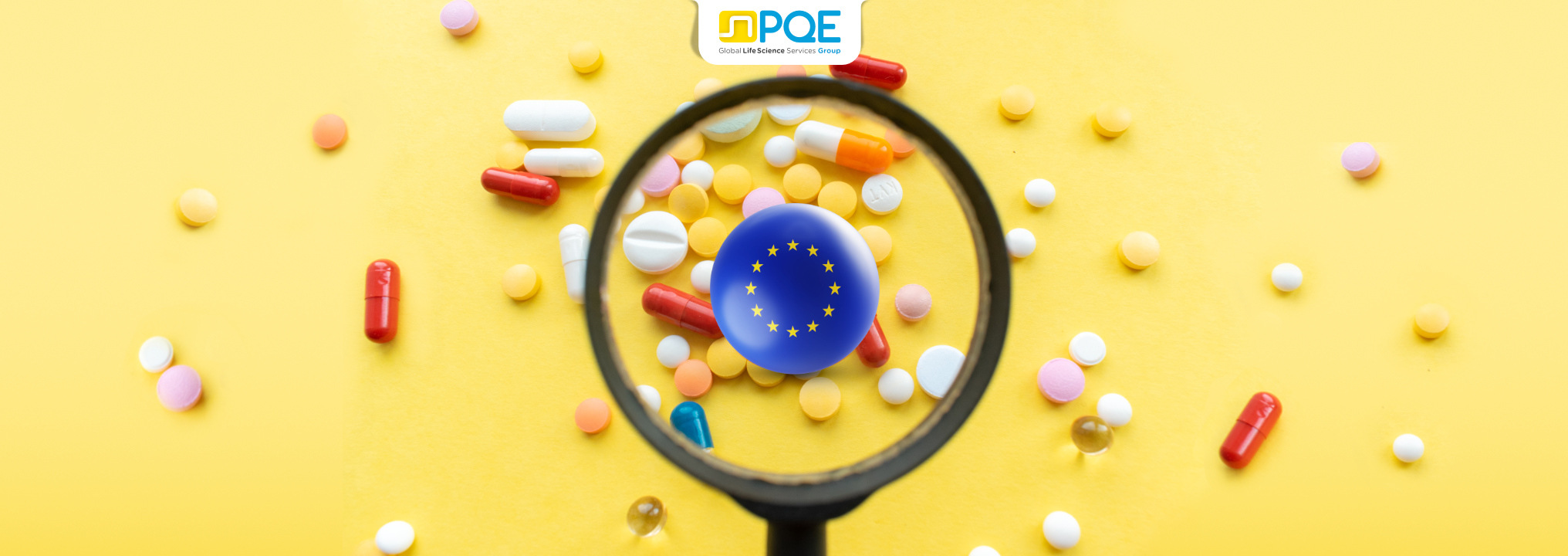What kind of suspected adverse events must be reported? And how a Vet can do it?
To fulfill their role as animal healthcare professionals, Vets must report every adverse event that they become aware of while administering medicinal products to the animals. The Regulation (EU) 2019/6, article 73, defines the suspected adverse events whose reporting must be encouraged by the MAH and CA. Each time one of the following adverse events occurs, it must be reported to the MAH of the VMP or to the CA:
1. Any unfavorable and unintended reaction in any animal to a veterinary medicinal product;
2. Any observation of a lack of efficacy of a veterinary medicinal product following its administration to an animal, whether in accordance with the summary of product characteristics (labelling or package leaflet);
3. Any environmental incidents observed following the administration of a veterinary medicinal product to an animal;
4. Any noxious reaction in humans exposed to a veterinary medicinal product;
5. Any finding of a pharmacologically active substance or marker residue in a product of animal origin exceeding the maximum levels of residues established in accordance with Regulation (EC) No 470/2009 after the set withdrawal period has been respected;
6. Any suspected transmission of an infectious agent via a veterinary medicinal product;
7. Any unfavorable and unintended reaction in an animal to a medicinal product for human use.
The Vets have different means and ways available to properly report an adverse event. Every MAH must have a designated Qualified Person responsible for Pharmacovigilance who must establish and maintain a system which ensures that all suspected adverse events which are brought to the attention of the MAH are collected and recorded in order to be accessible at least at one site in the European Union. MAHs have in place a pharmacovigilance system able to collect the reports of Suspected Adverse Events and the Vets have different means and ways available to properly report an adverse event. For example, a Vet, through the internet or package leaflet, can easily access the contact details of the MAH pharmacovigilance team or its local/regional representative. In addition, industry websites often provide templates to be filled out for the Suspected Adverse Event reporting; a simple phone call or email can be another fast solution to contact the pharmacovigilance team and report to the MAH the adverse event observed. As an alternative, the adverse events can be reported to the National Competent Authorities that make downloadable forms or online forms available to be completed and sent. A Veterinarian cannot directly record an Adverse Events report in the Union Pharmacovigilance Database (EVVet), however this step is guaranteed when reporting the SAE to the CA or MAH.
What information should be included in an adverse event report?
When an adverse event occurs, the maximum amount of available information and details must be reported in order to have the highest quality of the Suspected Adverse Event for the evaluation performed by the drug safety specialists. The template, provided by the MAH or by the CA, helps the reporter to furnish a high level quality Suspected Adverse Event Report. If the report is made using a phone call or by sending an email, the minimum information that must be provided by the sender, and requested from the receiver, in order to consider the report valid, include the following:
1. An identifiable primary reporter or source; the primary reporter is the person who first reports the suspected adverse event and corresponds with the primary source of information. The contact details (including the country code) should be provided in order to facilitate follow-up activities.
2. Details of identifiable affected animal(s) or human(s) or the environment; species and number of animals or individuals affected is the minimum amount of information required for a valid suspected adverse event report.
3. One or more medicinal product(s)/active substance(s) (veterinary or human): Details of all medicinal product(s) to which the animal(s), human(s) or the environment were exposed to prior to the occurrence of adverse events should be recorded together with their lot number(s), if available.
4. Suspected adverse event(s) details: Clinical signs (including abnormal laboratory findings), diagnosis, or symptoms (for adverse event(s) in humans).
In addition to the above listed information regarding the Suspected Adverse Event, other relevant clinical data can be provided in order to describe the maximum details of the event. This information is part of the case narrative, recorded by the Pharmacovigilance specialist using VeDDRA terminology, including information on animal, human or the environment, exposure or treatment details. In order to permit a complete evaluation of the case it is important to describe the outcome, diagnosis, and any other information regarding the suspected and concomitant medicinal products (e.g. laboratory test results, necropsy findings). Any other relevant information regarding the animal should be provided, such as allergy, changes in feeding habits, or effects on production parameters (e.g. body weight gain, Feed Conversion Ratio (FCR), body growth). The case narrative should be a complete and comprehensive case report, presented in a logical sequence, ideally in chronological order. Where considered appropriate, the Marketing Authorization Holders are encouraged to support the Vet with any additional investigations (e.g. necropsy, laboratory results) required.
What happens when a SAE report is sent?
When a MAH and CA receive a report of Suspected Adverse Event, they must promptly activate their internal pharmacovigilance system, which allows them to manage the process. They must first put in place the maximum effort to have all the information related to the event in order to ensure the best quality and to consider it valid. Once the needed information is obtained, the reported Suspected Adverse Event is registered electronically, within 30 days from the receipt of a valid report, in the Union Pharmacovigilance Database (EVVet), where all SAEs reported in the EU/EEA or in third countries are collected. Significant new information should be transmitted in a follow-up report, again immediately and no later than within 30 days of receipt of the follow-up information.
After the transmission in the Union database, all Adverse Event Reports are analysed by the Marketing Authorization Holder activating the signal management process that permits the continuous Adverse Event analysis. The Regulation (EU) 2019/6, article 4, defines this as a process for performing active surveillance of pharmacovigilance data for veterinary medicinal products in order to assess the pharmacovigilance data and determine whether there is any change to the benefit-risk balance of those veterinary medicinal products, with a focus on the risk detection for animal, public health or the environment.
Through that process, the MAH performs the detection of signals defined by the implementing regulation (EU) 2021/1281, article 1(c) as “information that arises from one or multiple sources, including observations and experiments, which suggests a potentially new causal association, or a new aspect of a known causal association between an intervention and an adverse event or a set of related adverse events, that is judged likely to justify further investigation of possible causality”.
All the detected signals are prioritized based on the potential significant impact on the benefit-risk balance of the veterinary medicinal product or its active substance, or those signals with a high impact on animal or public health, thus requiring more urgent attention. The first signals that need to be evaluated are the emerging safety issues (ESI) as they might influence the benefit/risk balance of the product and may require urgent regulatory actions and communication. Example of ESI are an unexpected increase in the rate of fatal or life-threatening adverse events, SAEs that may lead to considering a contraindication, restriction of use of the veterinary medicinal product or its withdrawal from the market or major safety-related regulatory actions outside the EU. In addition, the adverse event involving the Medically Important VeDDRA terms should always be prioritized. In general, the prioritization of the detected signal is based on an unknown association product-event, strength of the evidence supporting the signal, seriousness, severity, outcome or reversibility of the event involved and the potential for prevention, Reporting Odd Ratio (ROR) statistical values, public health and environmental implication.
Based on the prioritization, the signals must be validated as the first step of analysis. The scope of that analysis is to verify that the available information contains sufficient evidence demonstrating the existence of a new potential causal association, or a new aspect of a known association, and therefore justifies further analysis. In that phase the pharmacovigilance specialist must evaluate if there is a temporal association between the administration of the product and the occurred event and if the event is not already listed in the product information. In the second case it needs to be evaluated if there is a variation of the incidence of the AE and/or if there is a new aspect to be evaluated of the known product-event association.
After the validation, the signals are then evaluated based on a cumulative review of all the available evidence (pharmacological, pre-clinical, clinical and epidemiological data, when applicable), in order to settle on the potential causal association product-event. If the causal association results in a new risk or a new aspect of a known risk, its impact on the benefit-risk balance is evaluated and risk minimization measure and regulatory actions are put in place by the MAH.
What are the results expected for SAE reporting?
Based on the evaluation of risks and in the event that the safety profile of the product is changed, the MAH should put in place risk minimization measures and any other regulatory actions. The most frequent regulatory activity performed is the updating of the product information’s section on adverse events and contraindications, contributing to a better consumption of veterinary medicinal products. Additional data collection may be needed to conclude on the potential causal association with the veterinary medicinal product. In those cases, the marketing authorization holder may voluntarily, or after a request by the competent authorities, propose to conduct a post-marketing surveillance study. In other cases, to guarantee that safety of animals, human and the environment, the identification of new risks may lead to a restriction of use of the veterinary medicinal product or its withdrawal from the market could occur.
Communication with the relevant stakeholder is an important step to perform in order to inform of the change of the safety profile and avoid dangerous use of the product.
What is the role of the MAH and of the Vet in respect to the new regulation?
These days, the CAs are always more focused on the safety of the veterinary drugs and the requirements included in the Regulation (EU) 2019/6 and implementing Regulation (EU) 2021/1281. These regulations, in force since January 2022, are proof of this enhanced attention.
In this context, the role of the Vet and of the MAH is fundamental; the Vet certainly represents the first person that is in charge to ensure that adverse events experienced by the animals are properly detected and reported to the MAH or to the CA, however the role of the MAH cannot be underestimated. The MAH has the primary scope and responsibility to guarantee that the products on the market are safe for the animals and should perform activities such as adverse events reporting and signal detection.
To perform this, is necessary that a proper Pharmacovigilance system is in place and that the requirements requested by the EU regulations are satisfied.
BIBLIOGRAPHY
EMA Veterinary Medicines Info Day 16-17 February 2023, Daniel Zondag on 17 February 2023
De Bryine N. et al, Veterinary pharmacovigilance in Europe: a survey of veterinary practitioners, Vet Rec Open 2017;4:e000224.
REGULATION (EU) 2019/6 OF THE EUROPEAN PARLIAMENT AND OF THE COUNCIL of 11 December 2018 on veterinary medicinal products and repealing Directive 2001/82/EC.
COMMISSION IMPLEMENTING REGULATION (EU) 2021/1281 of 2 August 2021 laying down rules for the application of Regulation (EU) 2019/6 of the European Parliament and of the Council as regards good pharmacovigilance practice and on the format, content and summary of the pharmacovigilance system master file for veterinary medicinal products.
EMA/306663/2021 Guideline on veterinary good pharmacovigilance practices (VGVP) Module: Collection and recording of suspected adverse events for veterinary medicinal products
EMA/522332/2020 Guideline on veterinary good pharmacovigilance practices (VGVP) Module: Signal Management
EMA/63454/2021 Guideline on veterinary good pharmacovigilance practices (VGVP) Module: Veterinary pharmacovigilance communication





